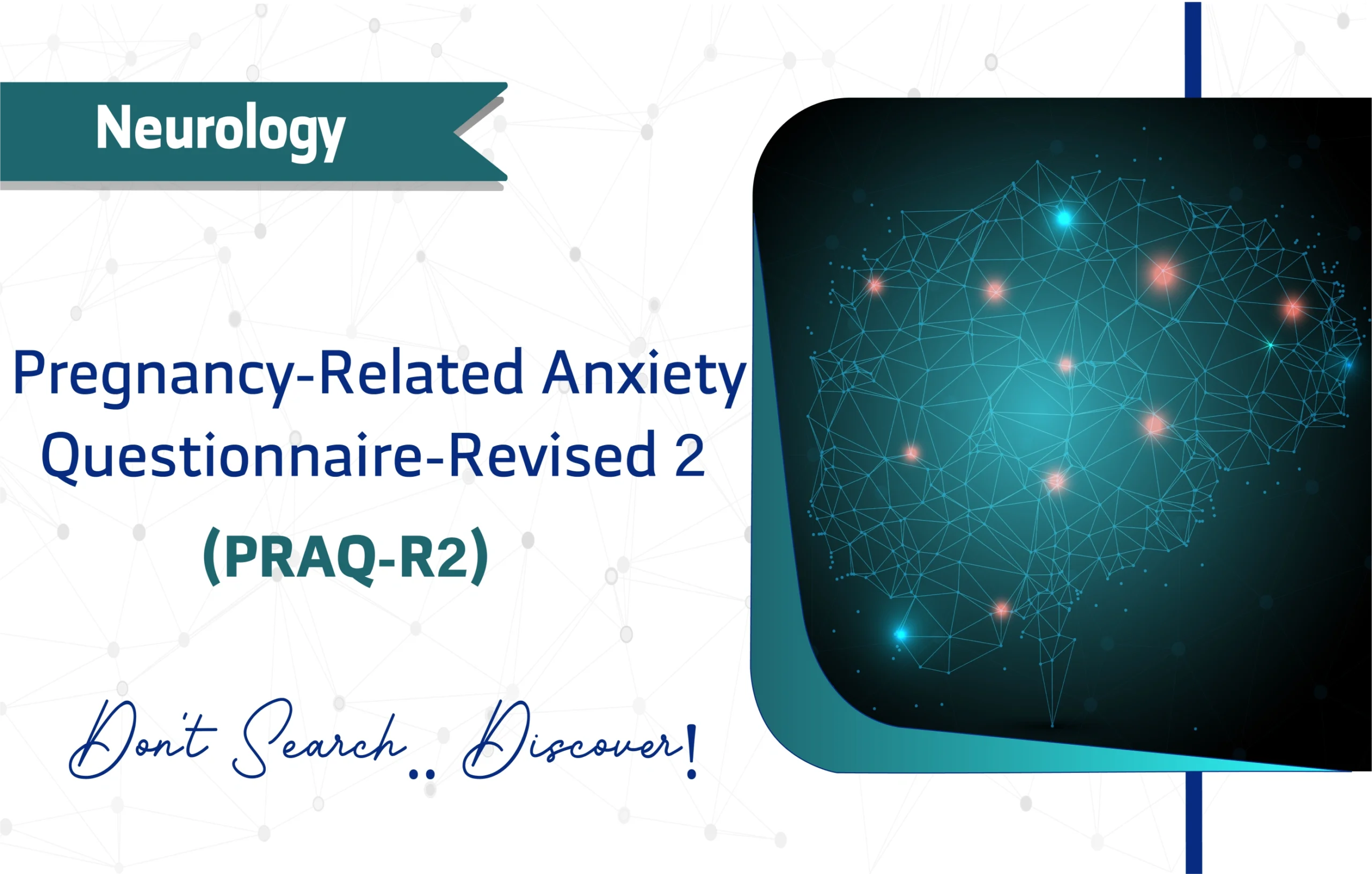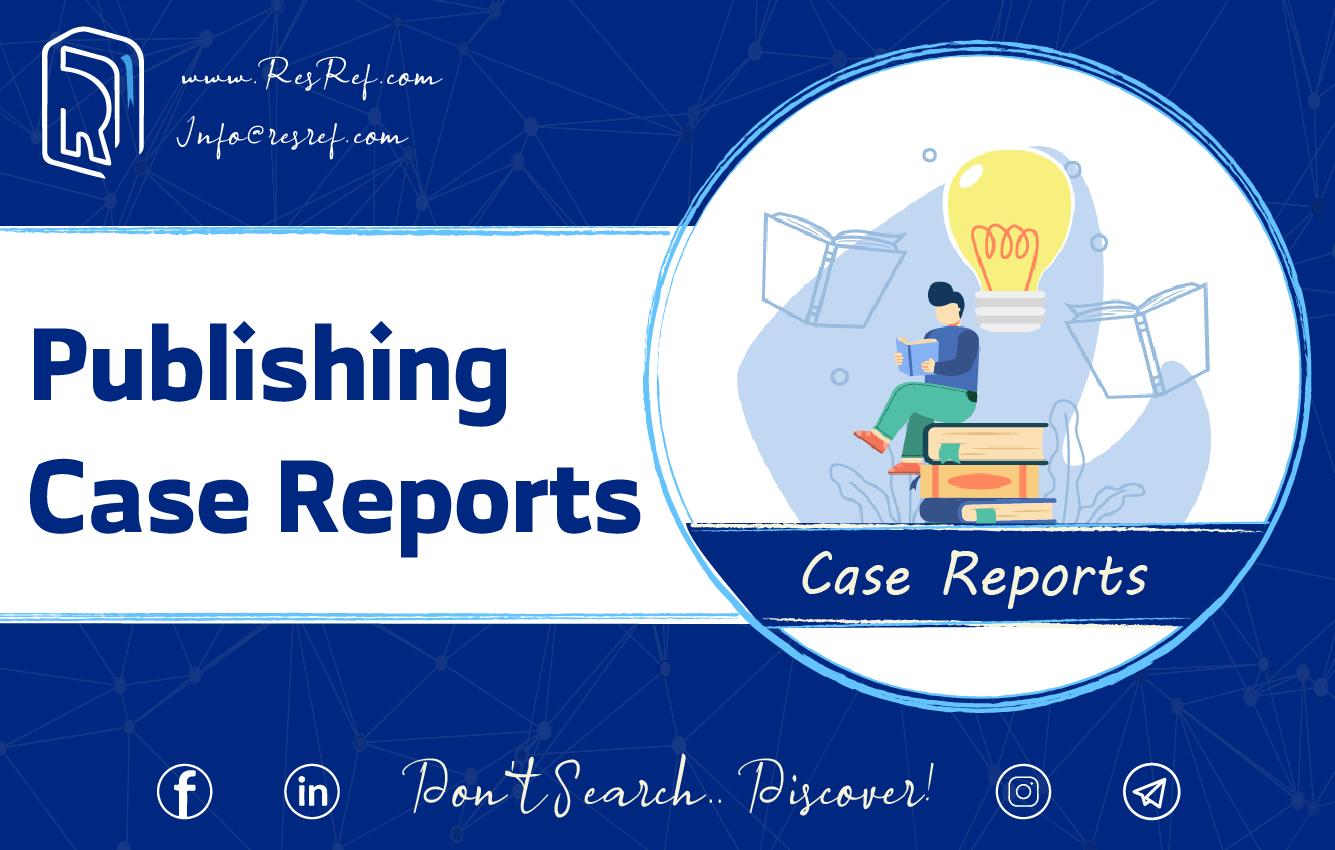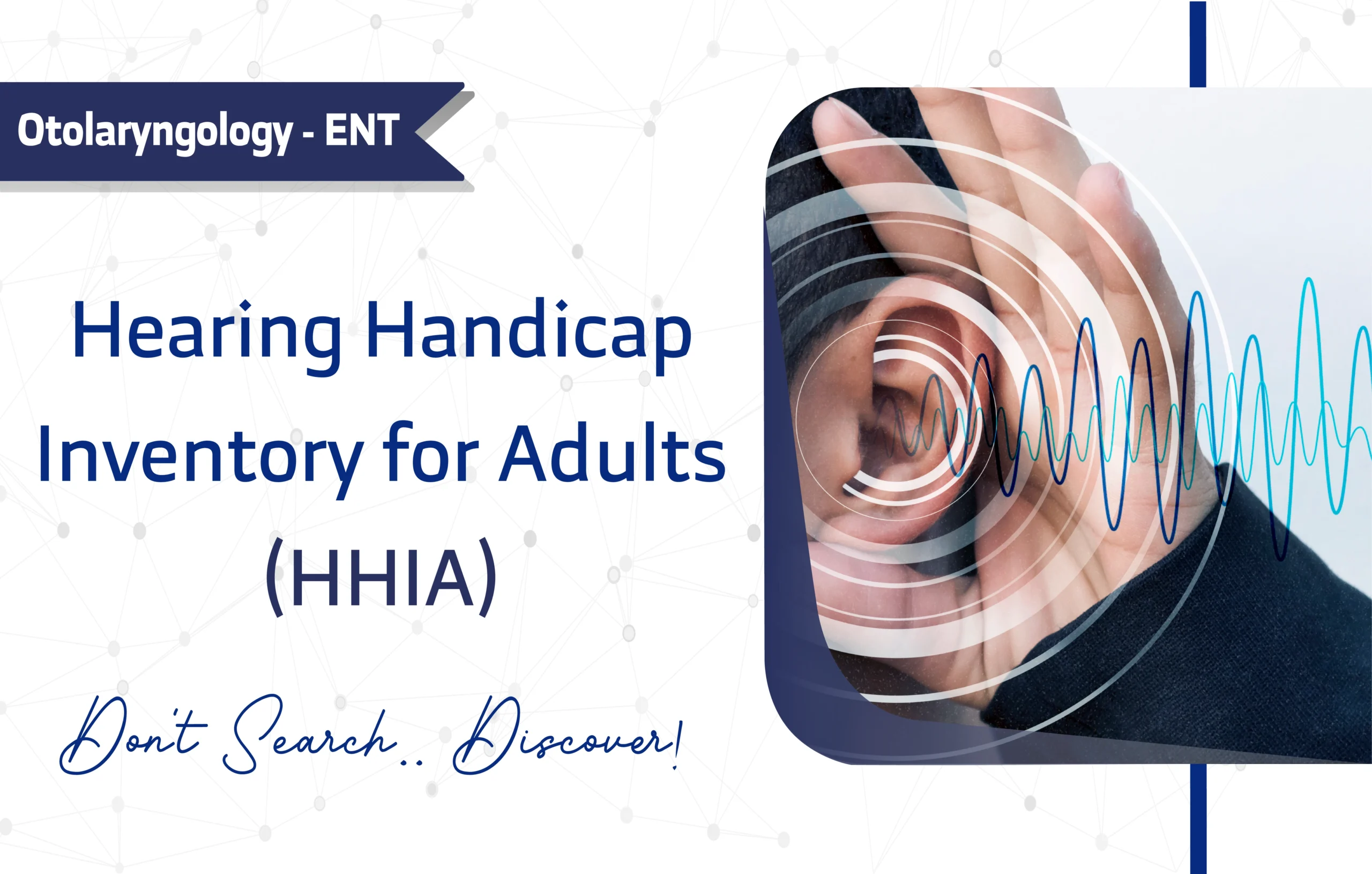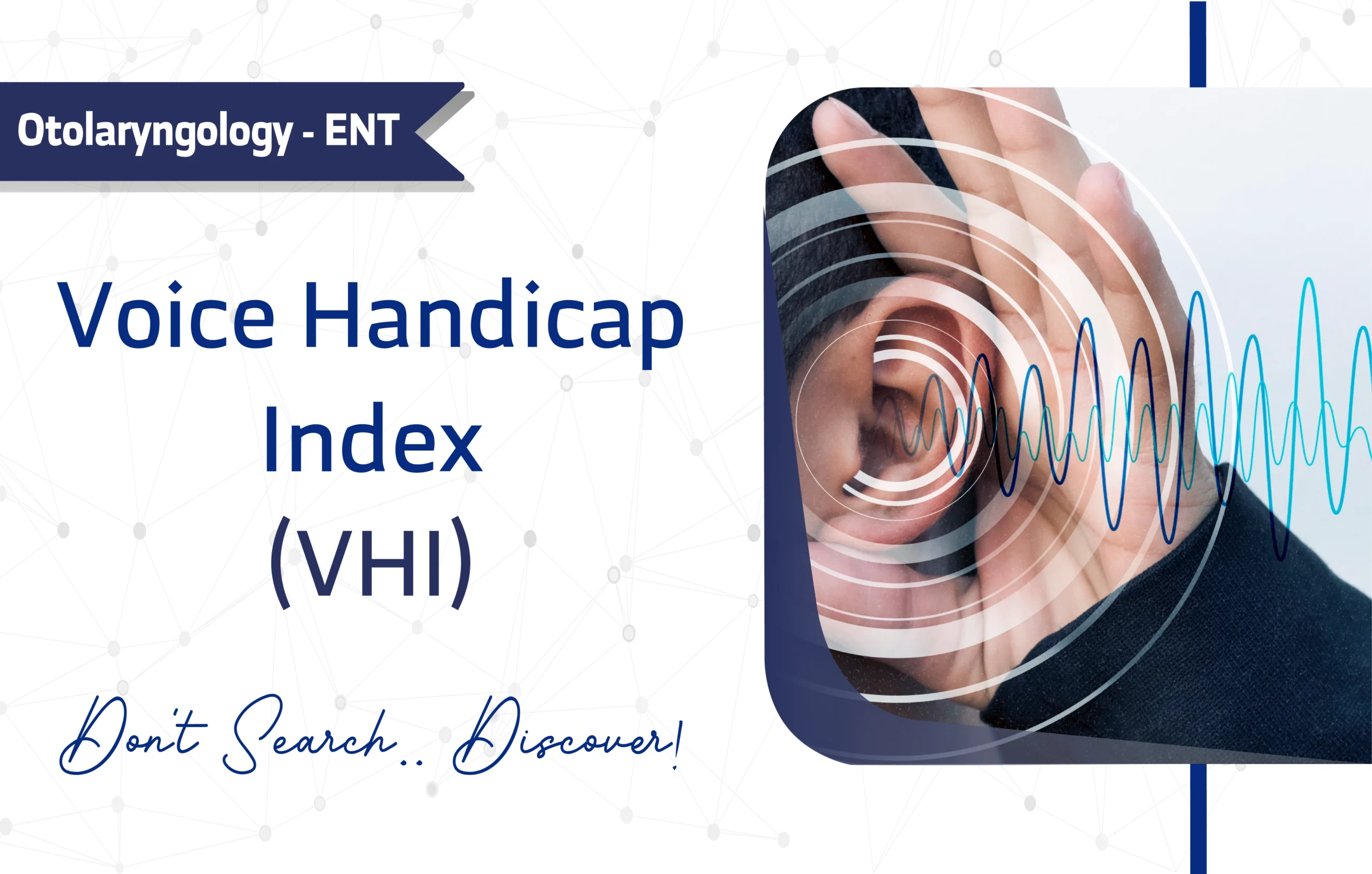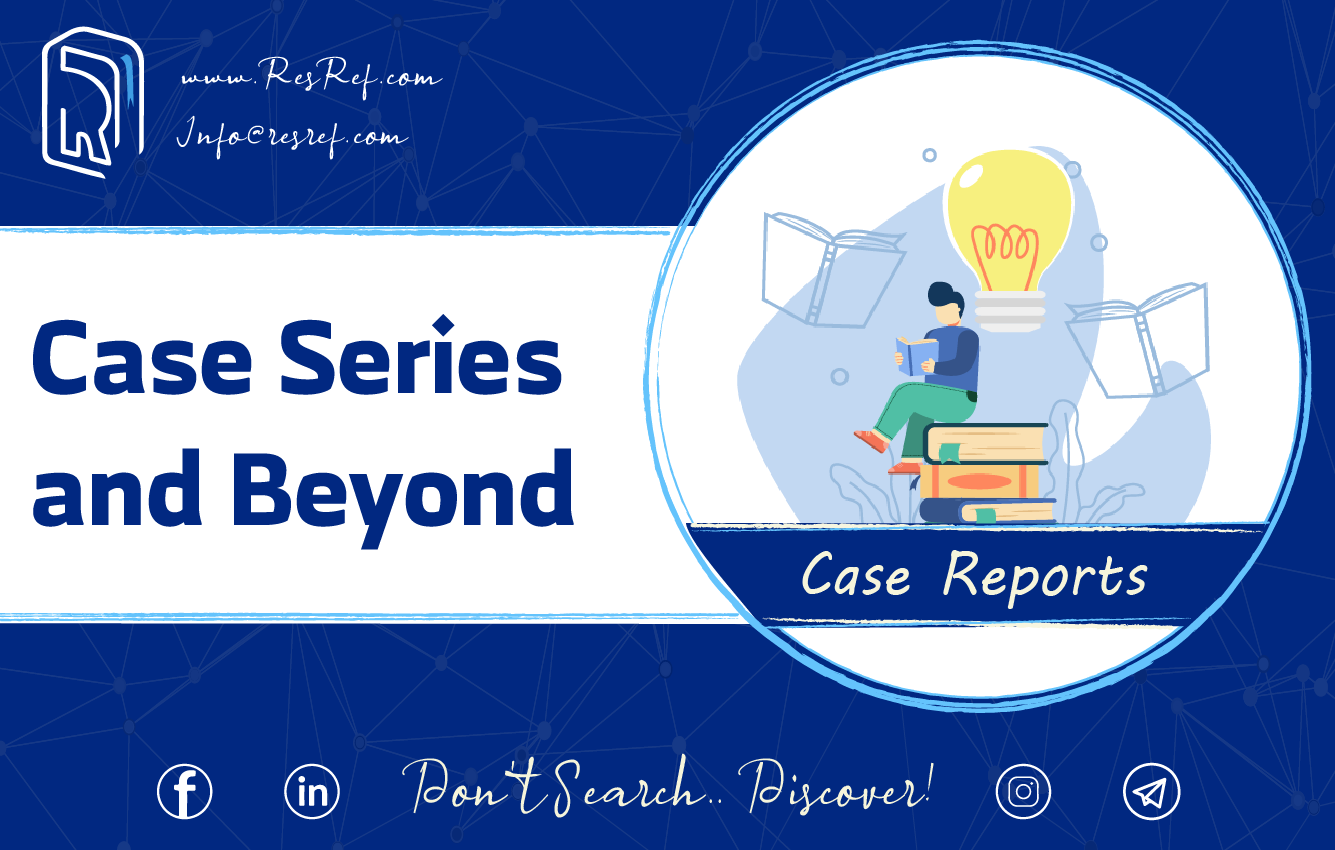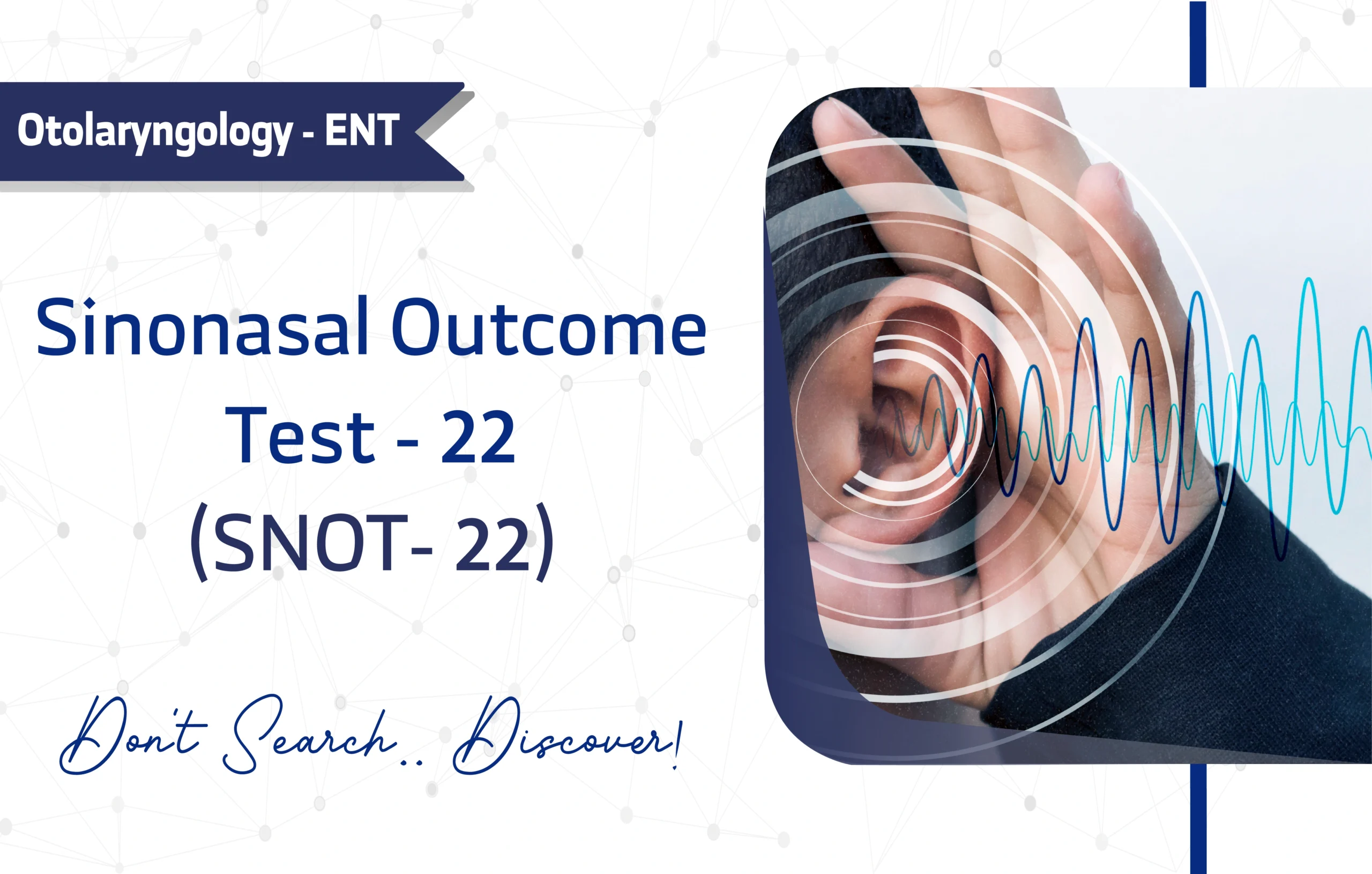Introduction
Pregnancy brings joy but also unique anxieties. Consequently, the Pregnancy-Related Anxiety Questionnaire-Revised 2 (PRAQ-R2) emerges as a vital tool for assessing these concerns. Developed by Anja C. Huizink and colleagues, this 10-item questionnaire, published in 2016, targets pregnancy-specific anxieties, such as fears about childbirth and concerns over body image (Huizink et al., 2016). With over 400 citations on Google Scholar, its concise format and robust psychometric properties make it indispensable for researchers and clinicians in obstetrics and mental health.
This article provides a comprehensive guide to the PRAQ-R2, highlighting its structure, applications, and clinical value for improving maternal outcomes
Key Features of the Pregnancy-Related Anxiety Questionnaire-Revised 2 (PRAQ-R2)
Purpose and Use
The PRAQ-R2 specifically measures anxiety related to pregnancy, focusing on three key areas, fear of giving birth, worries about bearing a handicapped child, concerns about appearance. Unlike general anxiety tools, its targeted design ensures relevance for pregnant women. Moreover, makes it ideal for busy clinical settings and longitudinal studies.
Target Population
The PRAQ-R2 suits pregnant women (across all trimesters) including:
- first-time(nulliparous) pregnant women
- experienced multiparous mothers
making it versatile for obstetrics and gynecology settings. However, it lacks validation for postpartum or non-pregnant populations.
Structure
The PRAQ-R2 comprises 10 items divided into three subscales:
- Fear of Giving Birth (3 items): Assesses anxieties about labor and delivery.
- Worries about Bearing a Handicapped Child (4 items): Evaluates concerns about the baby’s health.
- Concern about Appearance (3 items): Addresses body image issues during pregnancy.
Each item uses a 5-point Likert scale (1 = Definitely not true, 5 = Definitely true), ensuring straightforward responses.
Scoring Method
The PRAQ-R2 employs a 5-point Likert scale, ranging from 1 (Definitely not true) to 5 (Definitely true), producing a total score between 10 and 50, with higher scores indicating greater pregnancy-specific anxiety.
The questionnaire’s three subscales—Fear of Giving Birth (3 items), Worries about Bearing a Handicapped Child (4 items), and Concern about Appearance (3 items)—can be scored individually by summing their respective items, allowing clinicians to identify specific anxiety sources, such as childbirth fears or body image concerns. For example, a high score on the “Fear of Giving Birth” subscale might prompt targeted counseling.
No universal cut-off score exists, but researchers often use percentile thresholds, like the 90th percentile, to flag high anxiety levels requiring intervention.
Administration Format
The PRQA-R2 takes approximately 5 minutes, making it ideal for time-sensitive settings, It can be conducted via:
- Paper-based forms
- Digital (online) platforms
- In-person interviews
- Mobile app
- Phone or video call
Applications of Pregnancy-Related Anxiety Questionnaire-Revised 2 (PRAQ-R2)
The PRAQ-R2 offers versatile applications:
- Screening: Identifies pregnant women with significant anxiety, signaling the need for intervention.
- Monitoring: Tracks anxiety changes over trimesters or during interventions.
- Treatment Planning: Guides clinicians in tailoring therapies based on subscale scores.
- Research: Supports studies on maternal mental health and pregnancy outcomes.
For instance, a clinician might use a high “Concern about Appearance” score to address body image issues, while researchers analyze trends to inform prenatal care protocols.
Languages and availability
To enhance global accessibility, the PRAQ-R2 is available in:
- Arabic
- English
- Dutch
- French
- German
- Italian
- Polish
- Turkish
- Persian
- Japanese
This multilingual support broadens its use in diverse clinical and research contexts.
This tool requires permission from Archives of Women’s Mental Health. Licensing fees may apply for commercial use, but non-commercial use is often free.
Reliability and Validity
The PRAQ-R2 demonstrates strong psychometric properties. Notably, validation studies confirm its reliability (Huizink et al., 2016; Dellagiulia et al., 2020). With a Cronbach’s alpha above 0.80, it shows high internal consistency. Furthermore, its sensitivity to pregnancy-specific anxiety ensures accurate monitoring of maternal mental health, making it a reliable choice for both research and clinical practice.
- Original validation study study link
- Italian validation study link
Limitations and Considerations
Despite its strengths, the PRAQ-R2 has limitations:
- Self-Report: Responses may be influenced by personal interpretation or social desirability bias.
- Pregnancy-Specific Focus: Not applicable postpartum or for general anxiety assessment.
- Limited Validation in Some Populations: Requires further studies for broader cultural applicability.
Other Versions And Related Questionnaires
The PRAQ-R2 complements other tools:
- Pregnancy-Related Anxiety Scale (PrAS): Another pregnancy-specific anxiety measure.
- Edinburgh Postnatal Depression Scale (EPDS): Assesses perinatal depression, pairing well with PRAQ-R2 for comprehensive maternal mental health screening.
Additional Resources
For more information on the PRAQ-R2 and to access the full questionnaire, visit the following resources:
- Original Validation Study: Study Link
- Access Questionnaire : PRAQ-R2 PDF
- For inquiries, contact Anja C. Huizink via Archives of Women’s Mental Health
- For additional PRAQ-R2 resources, consult Springer website
Frequently Asked Questions (FAQ)
1. Who can use the PRAQ-R2?
Clinicians, researchers, and healthcare providers use the PRAQ-R2 for pregnant women aged 18 and older.
2. How long does it take to complete the PRAQ-R2?
Patients typically complete it in about 5 minutes, making it suitable for busy clinical settings.
3. How is the PRAQ-R2 administered?
Healthcare teams can administer it via paper, digital, mobile app, or interview formats, offering flexibility.
4. Is there any cost to using the PRAQ-R2?
Permission from the publisher is required, with potential fees for commercial or funded academic projects.
A word from ResRef about Pregnancy-Related Anxiety Questionnaire-Revised 2 (PRAQ-R2)
The Pregnancy-Related Anxiety Questionnaire–Revised 2 (PRAQ-R2) is a validated instrument designed to assess specific anxieties during pregnancy. Its concise format and strong psychometric properties make it suitable for both clinical and research settings. By addressing key areas of concern for expectant mothers, the PRAQ-R2 aids in the early detection and management of pregnancy-related anxiety, contributing to better maternal and fetal outcomes.
References
- Huizink, A. C., Delforterie, M. J., Scheinin, N. M., Tolvanen, M., Karlsson, L., & Karlsson, H. (2016). Adaption of Pregnancy Anxiety Questionnaire–Revised for all pregnant women regardless of parity: PRAQ-R2. Archives of Women’s Mental Health, 19(1), 125–132. link
- Dellagiulia, A., Lionetti, F., Pastore, M., Linnea, K., Hasse, K., & Huizink, A. C. (2020). The Pregnancy Anxiety Questionnaire Revised-2: A contribution to its validation. European Journal of Psychological Assessment, 36(5), 787–795 link


